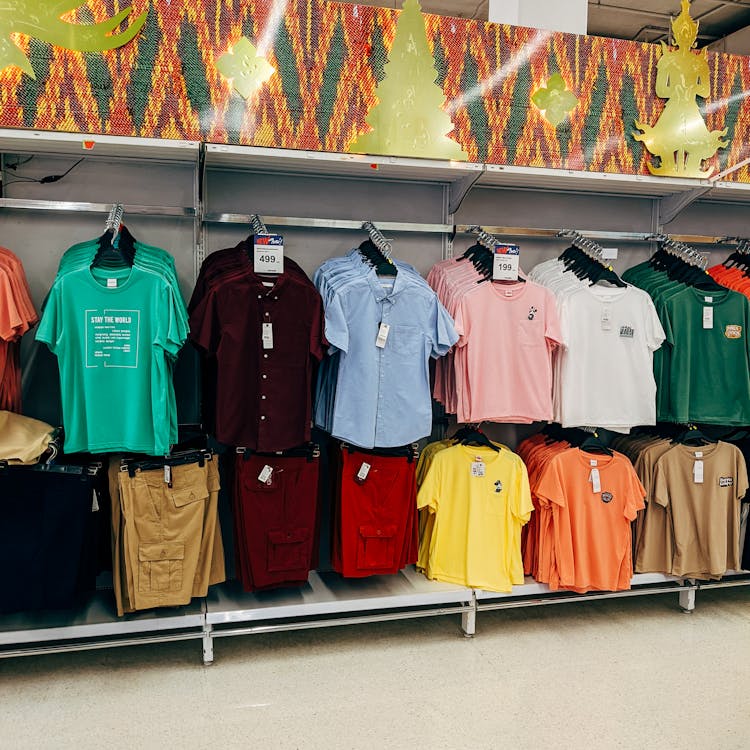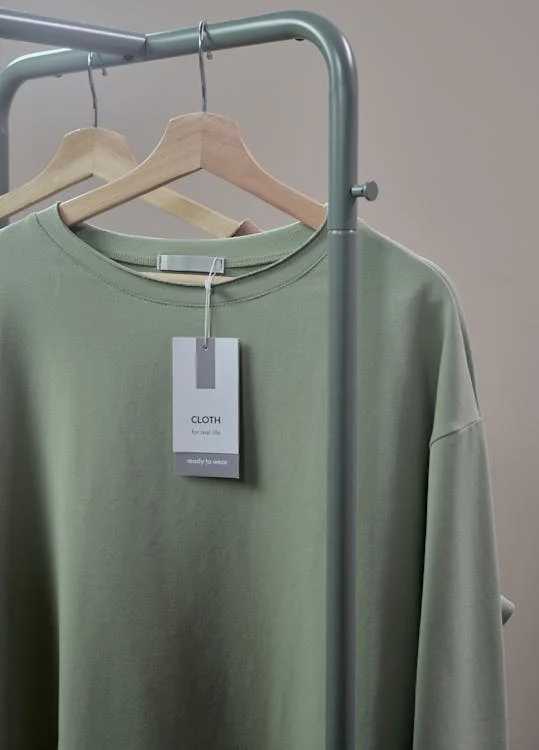Best Clothing Brand Fashion Brand Top 10 In 2024

The Clothing Brand industry is one of the most competitive fields globally, and establishing a clothing brand requires a blend of creativity, strategy, and an in-depth understanding of the market. To build a clothing brand that stands out in the crowded market, you need to focus on brand identity, target audience, quality control, and marketing strategies that resonate with potential customers. Below, we break down the essential steps to create a clothing brand that leaves a lasting impact and achieves high visibility on platforms like Google.
Thank you for reading this post, don't forget to subscribe!
Honing Your Brand Identity
A strong brand identity is the foundation of any successful clothing brand. It defines your company’s core values, personality, and the overall message you want to send to your target audience. Creating a unique and memorable brand is critical, and these factors should be addressed right from the beginning.
Defining Your Niche
The fashion industry covers a vast range of styles and demographics, so it is crucial to identify a niche that you can dominate. Do you want to specialize in sustainable fashion, athleisure wear, or perhaps high-end luxury? By narrowing your focus, you reduce the competition and can better tailor your designs, marketing strategies, and customer experiences to a specific group.
For example, brands like Patagonia have made a name for themselves by focusing on sustainability and outdoor wear. Meanwhile, Nike has captured the market by zeroing in on performance athletic wear. These brands have carved out niches that set them apart from their competitors.
Creating a Brand Story
Your brand story is what will connect emotionally with your customers. It should convey why you started the brand, what your mission is, and how your products align with that mission. This emotional connection is what will drive customer loyalty, as they will feel like they are part of a bigger cause or movement when purchasing from your brand.
Understanding Your Target Audience

Knowing who your ideal customer is, allows you to craft products, messaging, and marketing strategies that are tailored specifically to them. Market research is crucial at this stage. By studying customer behavior, demographics, and lifestyle preferences, you can create a target audience profile that will guide your decisions moving forward.
Segmenting the Market
To better connect with your target audience, it’s essential to segment your market into different categories such as age, gender, income level, location, and style preferences. For example, if you are focusing on millennial women, you might target customers who are interested in affordable luxury or sustainable fashion. On the other hand, if you’re appealing to an older demographic, you may want to emphasize comfort, durability, and classic styles.
Building Customer Personas
Creating customer personas based on your research helps you visualize your ideal customers. A persona might include details like age, income, hobbies, and shopping habits. This practice enables you to create marketing campaigns and product offerings that speak directly to the people most likely to buy from you.
Quality Control and Production
In the fashion industry, the quality of your clothing is paramount. Poor quality can lead to negative reviews, product returns, and loss of customer trust. Therefore, the production process needs to be meticulously managed to ensure that your brand delivers high-quality products consistently.
Choosing the Right Materials
Your choice of materials can make or break your brand. Whether you focus on organic cotton, recycled fabrics, or luxury textiles, the materials you choose should align with your brand identity and the expectations of your target audience. For instance, a brand that markets itself as sustainable should avoid using harmful materials and instead focus on eco-friendly options.
Partnering with Reliable Manufacturers
Finding reliable manufacturers is one of the most critical steps in ensuring consistent quality. You should vet potential partners thoroughly, checking their track record, ethics, and capability to scale as your brand grows. Many clothing brands also visit factories in person to ensure that ethical labor practices are followed.
Marketing and Branding Strategies
Once you have your product ready, it’s time to get the word out. Marketing is the engine that drives brand awareness, and in today’s digital world, having a comprehensive strategy that includes social media, SEO, and content marketing is essential to the success of your clothing brand.
Leveraging Social Media
Platforms like Instagram, TikTok, and Pinterest are essential tools for any clothing brand. These visual platforms allow you to showcase your products in a dynamic and engaging way. Collaborating with fashion influencers and running social media ads can significantly boost your visibility.
- Instagram is particularly valuable for building brand identity and community engagement through high-quality images, stories, and influencer partnerships.
- TikTok offers a fresh and dynamic way to engage with a younger audience by creating viral content that can significantly increase your brand’s reach.
Search Engine Optimization (SEO) for Fashion Brands
Your website is the online hub of your brand, and optimizing it for search engines is critical to ensure that your clothing brand ranks high on Google. By using SEO best practices, you can increase your website’s organic traffic and visibility.
- Keyword Research: Identify key phrases your audience is searching for, such as “best sustainable fashion brands” or “affordable luxury wear.” Incorporate these keywords into your content, product descriptions, and blog posts.
- On-Page SEO: Make sure your website is fast, mobile-friendly, and properly structured with meta tags, title tags, and alt texts for images.
- Content Marketing: Regularly posting blogs, style guides, and fashion tips on your website not only adds value for your audience but also boosts your SEO rankings.
Collaborations and Partnerships
Partnering with other brands or influencers can help broaden your reach and tap into new customer segments. Collaborations with designers, artists, or even other fashion brands can create a buzz around your products and expose your brand to a wider audience.
Customer Engagement and Retention

Once you’ve attracted customers, keeping them loyal to your brand is the next challenge. Successful clothing brands invest heavily in customer engagement and retention strategies to foster long-term loyalty.
Personalization
Customers today expect personalized experiences. Using data from past purchases, you can tailor recommendations and email marketing campaigns to individual customers. This approach not only increases customer satisfaction but also drives repeat purchases.
Loyalty Programs
Rewarding customers for their loyalty through points-based systems, exclusive discounts, or early access to new collections can increase customer retention and foster a strong community around your brand.
Conclusion
Building a successful clothing brand is no small feat, but by focusing on unique brand identity, understanding your target audience, ensuring product quality, and implementing effective marketing strategies, you can set your brand apart in the competitive fashion industry. Whether you’re just starting or looking to scale, following these steps will help you create a fashion brand that not only attracts customers but keeps them coming back for more.
